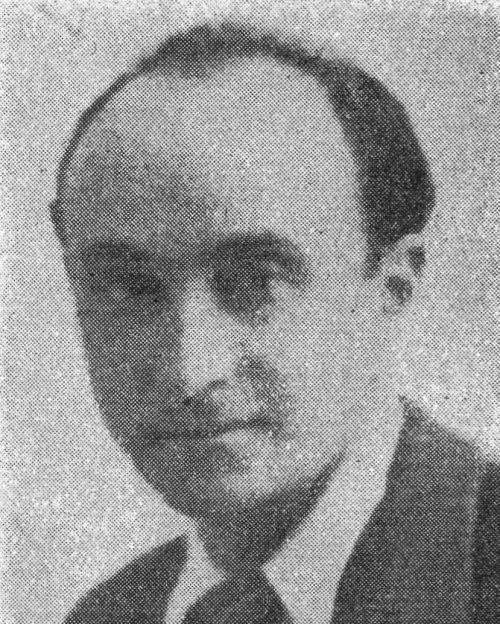Jean ADLER
PARIS 1899 – DEPORTED TO AUSCHWITZ 1942
Jean Adler spent his childhood in Paris. His family was from Alsace and he was intimately linked to French culture through his uncle Jules Adler, who was a French painter of the end of the 19th century. During World War I, he lived in Cusset near Vichy. In 1919, he studied at the Ecole des Beaux- Arts in Paris. His teachers Ernest Laurent, Biboul and his uncle Jules Adler influenced his painting. Jean Adler painted landscapes and portraits. He was a member of the Salon des Artistes Français (French Artists Salon) between 1922 and 1933, with an award for merit.
In 1923, he received a scholarship and went to North Africa. He brought back his work to Paris and in 1924, he received a certificate of commendation at the School of Decorative Arts, as well as the Morocco Prize. His first solo exhibition took place in Paris in 1928. From 1928, he taught drawing at a school in Villejuif. On December 12, 1941, the Gestapo arrested him and his brother. They were interned in Compiegne, transferred to Drancy and deported on March 27, 1942 on convoy 1. They were both murdered in Auschwitz.
Stories of Jewish Artists of the School of Paris 1905-1939
FRENCH-ENGLISH
Capitale des arts, le Paris des années 1905-1939 attire les artistes du monde entier. De cette période de foisonnement, un terme est resté, celui d'Ecole de Paris, qui recouvre une grande diversité d'expression artistique. Dans ce brassage dont Montparnasse est le creuset, un groupe se distingue : celui des artistes juifs venus de Russie, de Pologne et d'Europe centrale. Si leurs styles sont variés, un destin commun les rassemble : ils fuient l'antisémitisme de leur pays d'origine. Certains ont connu la célébrité dès les années 1920, tels Soutine, Lipchitz ou Chagall. D'autres n'ont pas eu le temps ou la chance d'y accéder. Près de la moitié a péri dans les camps de concentration nazis.
From 1905 to 1939, Paris attracted artists from all over the globe as the capital of the art world. This period of artistic proliferation became known as the School of Paris, and includes a great diversity of artistic expression. Within the teeming art world centred on Montparnasse, one group set itself apart: Jewish artists from Russia, Poland, and Central Europe. Although their styles were diverse, they shared the common fate of fleeing anti-Semitic persecutions in their home countries. Some became famous in the 1920s, such as Soutine, Lipchitz, and Chagall, while others did not have the time or the luck to gain renown. Nearly half of these artists died in Nazi concentration camps.





